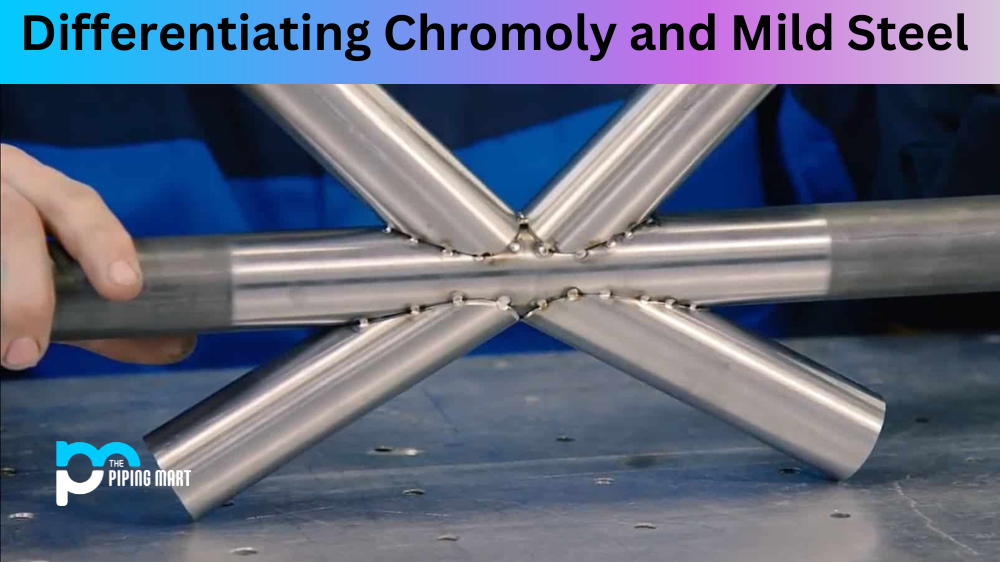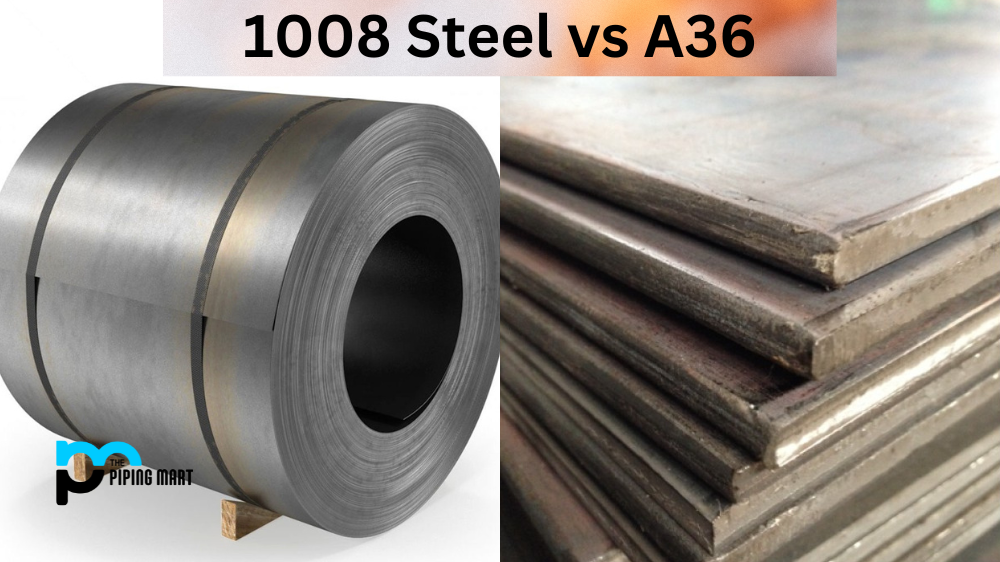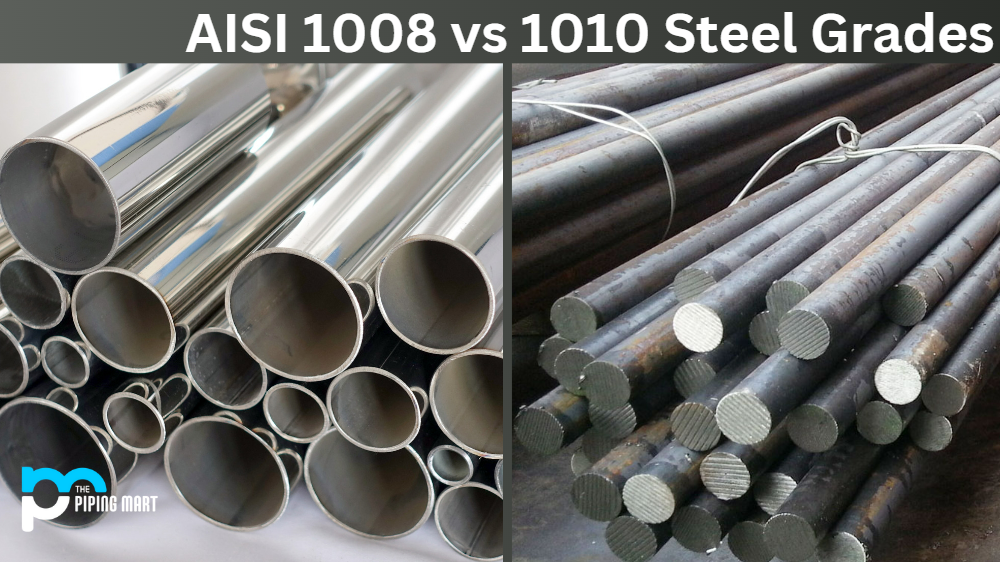Whether you’re a car enthusiast, mechanic, or just curious about automotive materials, understanding the difference between mild steel and Chromoly is important. Both materials are used to make various components of cars, such as frames, suspensions, and wheels. But what makes each material unique? Let’s explore the two metals further.
Chromoly
Chromoly (a portmanteau of “chromium” and “molybdenum”) is a steel alloy that contains chromium (Cr), molybdenum (Mo), iron (Fe), and carbon (C). Chromoly is known for its high strength-to-weight ratio; it’s much stronger than mild steel while being significantly lighter in weight. This makes Chromoly an ideal material for making car parts like frames, suspension arms, roll cages, etc., because they can be made thinner and lighter without sacrificing strength. Additionally, Chromoly has an increased resistance to corrosion compared to mild steel, thanks to its hard chrome finish. The downside of this hard chrome finish is that it can be difficult to weld because of its slick surface.
Mild steel
Mild steel is a ferrous alloy composed of iron (Fe) and carbon (C). It has slightly lower strength compared with Chromoly but is much cheaper due to its abundance in nature and ease of production. Mild steel also tends to corrode more quickly than other higher-quality metals such as stainless steel or aluminum alloys. On the plus side, though, mild steel is easier to weld than chromoly because it does not have a hard chrome finish on it. Furthermore, since mild steel is cheaper than many other types of metal alloys, it’s commonly used for automotive body panels where strength isn’t as big a factor as cost savings are.
Difference Between Chromoly and Mild Steel
Chromoly and mild steel are both types of low-carbon steel. Low-carbon steel is a type of steel that has been alloyed with a small amount of carbon. The amount of carbon in low-carbon steel is less than 0.3%.
Composition
Chromoly is an alloy of chromium and molybdenum, while mild steel is an alloy of iron and carbon. The difference in composition gives Chromoly steel a higher strength-to-weight ratio than mild steel.
Properties
Both Chromoly and mild steel have similar properties, including good weldability, machinability, and ductility. However, Chromoly steel has a higher strength-to-weight ratio, making it ideal for applications where weight is a concern, such as in the automotive industry.
Uses
Chromoly and mild steel are both used in a variety of applications. Chromoly is often used in the automotive industry for its high strength-to-weight ratio, while mild steel is used in construction for its durability.
Cost
Chromoly steel is typically more expensive than mild steel because it contains more expensive alloying elements, such as chromium and molybdenum.
Conclusion:
In conclusion, both Chromoly and mild steel have their own unique characteristics, which make them useful in certain applications over others. Chromoly has a high strength-to-weight ratio with increased corrosion resistance thanks to its hard chrome finish, but it can be difficult to weld due to its slick surface. Meanwhile, mild steel is heavier but cheaper with easier welding capabilities which makes it ideal for automotive body panels where cost savings are more important than strength requirements. Ultimately which metal you choose will come down to your needs when building or repairing your vehicle!

Abhishek is a seasoned blogger and industry expert, sharing his insights and knowledge on various topics. With his research, Abhishek offers valuable insights and tips for professionals and enthusiasts. Follow him for expert advice on the latest trends and developments in the metal industry.




